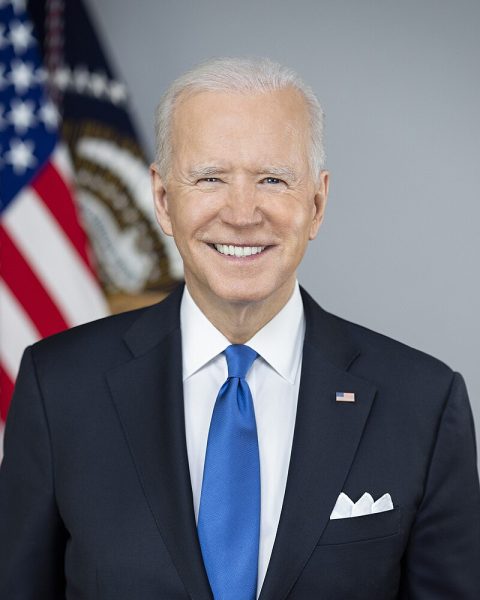California Senate Bill 100 to reduce emissions
California Gov. Jerry Brown signed Senate Bill 100, on Sept. 10th to remove carbon emissions from the state’s electric grid by the year 2045. Along with the bill, Brown signed an executive order designed to completely eliminate carbon emissions from the state in the same time frame.
Greenhouse gas emissions are one of the greatest contributors to current human-aided global climate change. The United States was estimated to have released over 6.5 billion metric tons of greenhouse gasses throughout 2016, making up just under 15% of global emissions, according to the EPA.
Having the largest population out of any state, California, with just under 40 million residents, has strove for increasing renewable energy usage in the past. A previous Senate Bill, X1-2, mandated that by 2020, one third of the state’s energy consumption will be produced by renewable energy. Currently, California stands at around 25 percent of their power grid being powered by green energy according to a study by the California Energy Commission. Senate Bill 100, sets the required renewable energy usage in the grid to 60 percent for the year 2030, which is 10 percent greater than before the bill’s passing.
This legislation comes after a record year for wildfires in California, with 2017’s most damaging fire destroying 5,636 structures and spanning over 36,000 acres according to The California Department of Forestry and Fire Protection. The reduction of greenhouse emissions in the state could help to prevent further drought conditions that increase the chance of wildfires spreading.
“Today, over 90 percent of Californians live in an area where the air is unhealthy to breathe. Leaving dirty fuels behind is the only way to deliver clean, breathable air, especially in the communities of color and low-income communities that are home to dirty fossil fuel infrastructure,” said Michael Brune, executive director of the Sierra Club. “Moving to 100 percent clean energy will protect all Californians from the dangers of fossil fuel pollution.”
Senate Bill 100, which was in line with previous legislation to increase clean energy usage, pales in comparison to the goals of Brown’s executive order. Completely eliminating carbon emissions from the state may require the callback or reformatting of all non-electric California vehicles. However, California currently leads the nation in electric vehicles, with a projected goal of 1.5 million cars by 2025.
Whether other states will follow in California’s footsteps is still unknown. However, California’s recent governmental action is a step in the direction of nationwide clean energy usage.
“This bill goes along with other measures that California has previously passed,” said California resident Hannah Shoemaker ’18. “I hope that it will help the country to make these changes as well. Maybe if the government sees success in California, the rest of the nation will step up as well.”








